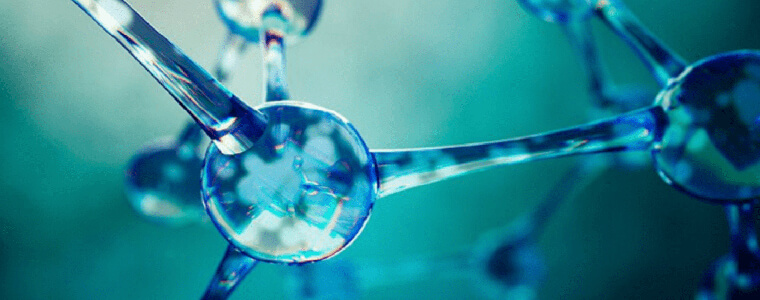Ozone
WHAT ARE THE PROPERTIES OF OZONE?
Ozone, in addition to hydroxyls (OH free radicals), is one of the strongest oxidants naturally occurring – not only protects life from harmful effects of solar ultraviolet radiation, but also is very effective in destroying bacteria, fungi and other pathogens, e.g. some viruses, as well as unpleasant odors.
The name ozone comes from the Greek word “ozein,” which means “fragrance.” Ozone is a naturally occurring gas that is sometimes called “active oxygen”. Ozone consists of three oxygen atoms (O3) instead of the traditional two of which consists oxygen (O2). As the gas is blue; both its liquid form (-112 ℃) and constant (193 ℃) are dark blue.
Ozone is present in the upper atmosphere and it causes the sky is blue color. At the height of 25 – 30 km ozone is produced by part of the spectrum of solar ultraviolet radiation – exists there in the form of gas at concentration of 10 – 20 ppm (parts permillion) At these concentrations, ozone absorbs ultraviolet radiation, which could threaten life on earth Near the ground, in the air we breathe, ozone is present in very low concentrations (0.001 – 0.003 ppm) and is formed naturally during storms due to lightning strikes as well as is produced for example by waterfalls or through the raging waves of water.
THE CHEMICAL PROPERTIES OF OZONE IN COMPARISON TO THE OXYGEN
| Property | Ozone | Oxygen |
|---|---|---|
| Molecular weight | 48 | 32 |
| Color | bright blue | colorless |
| Smell | smell after a storm | odorless |
| Solubility in water | 0.64 | 0.049 |
| Density (g/l) | 2.144 | 1.429 |
| Electrochemical (V) | 2.07 | 1.23 |
THE HALF-LIFE OF OZONE IN THE AIR DEPENDING ON THE TEMPERATURE
| Temperature (℃) | Half-life (air)* |
|---|---|
| -50 | 3 months |
| -35 | 18 days |
| -25 | 8 days |
| 20 | 3 days |
| 120 | 1.5 hours |
| 250 | 1.5 seconds |
THE HALF-LIFE OF OZONE IN WATER DEPENDING ON THE TEMPERATURE
| Temperature (℃) | Half-life (water)* |
|---|---|
| 15 | 30 minutes |
| 20 | 20 minutes |
| 25 | 15 minutes |
| 30 | 12 minutes |
| 35 | 8 minutes |


